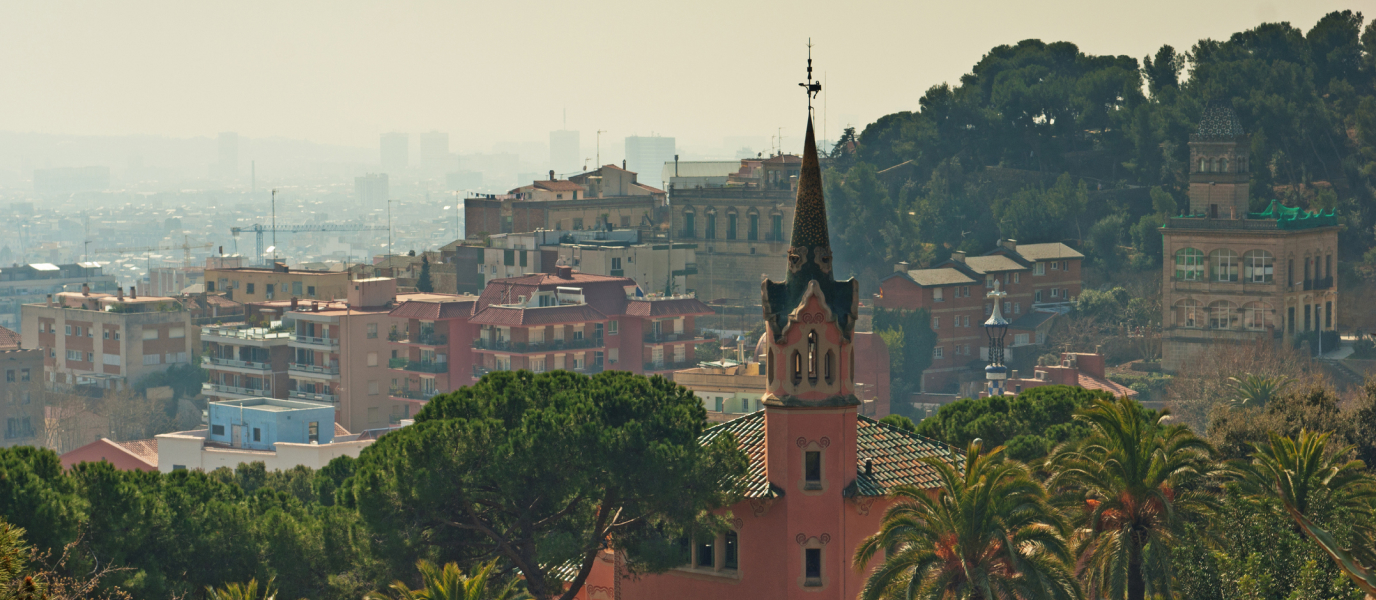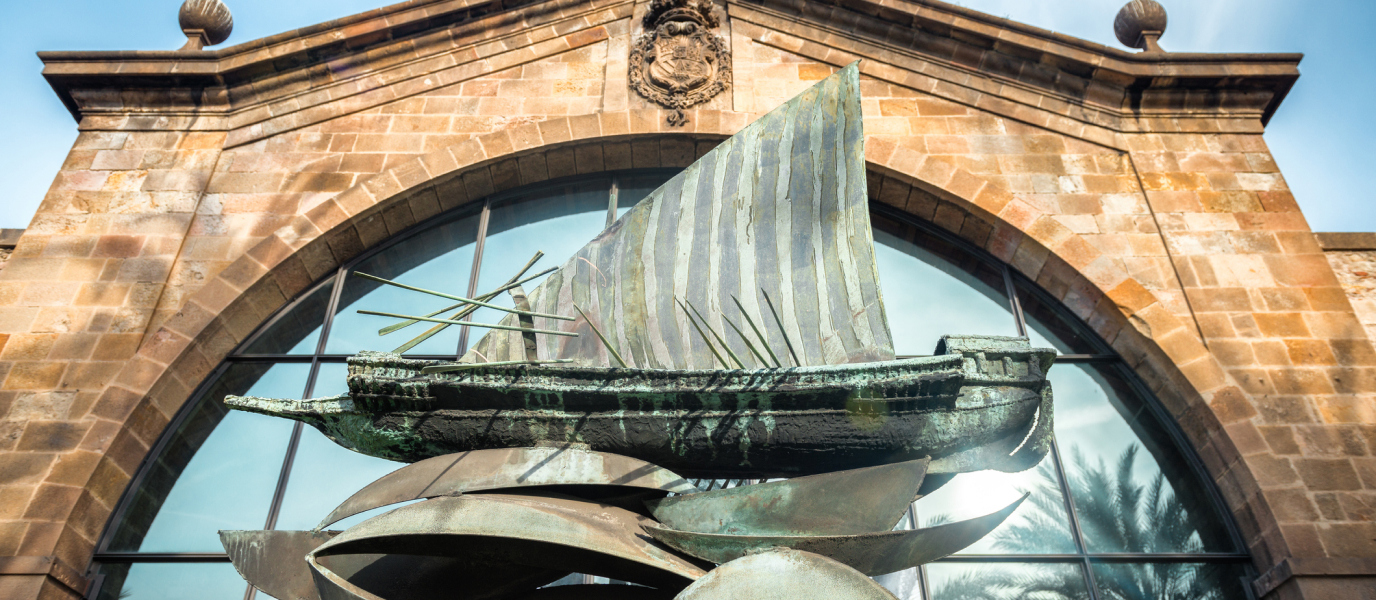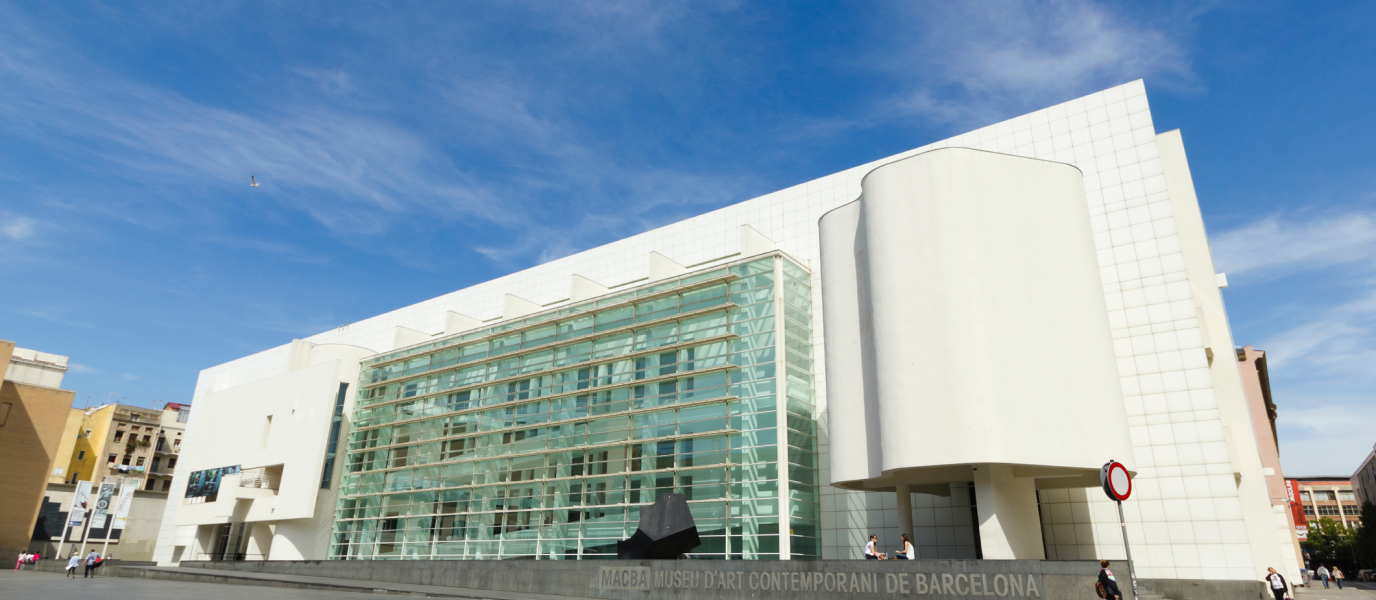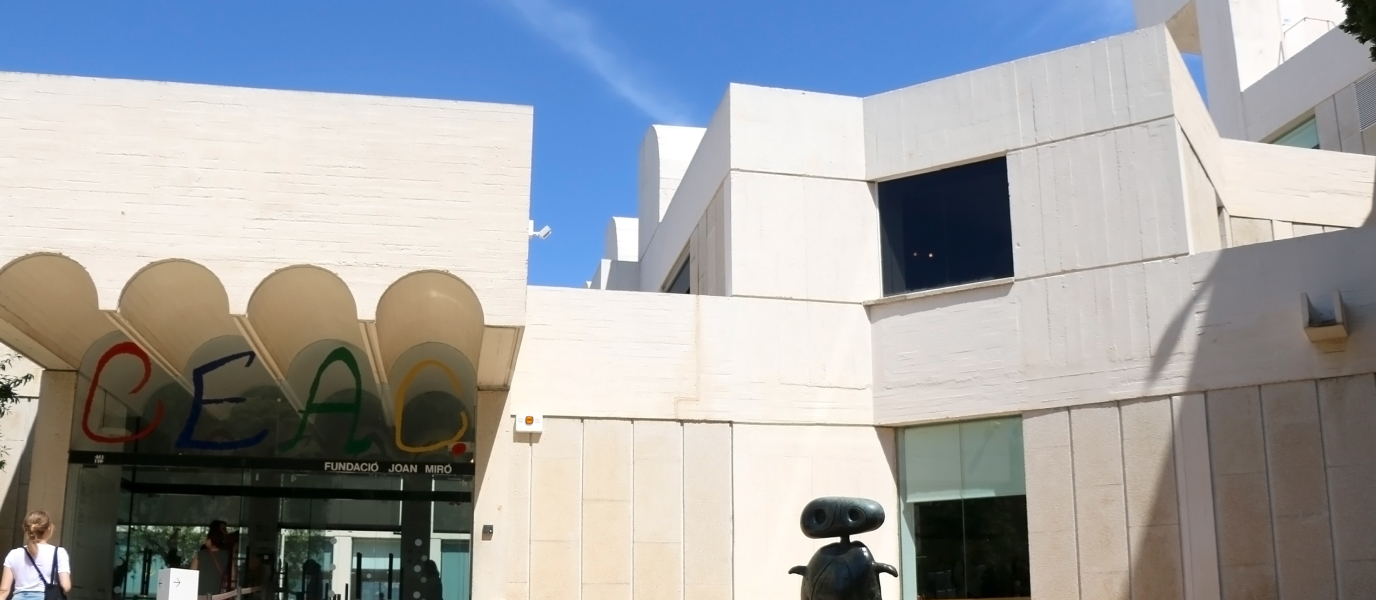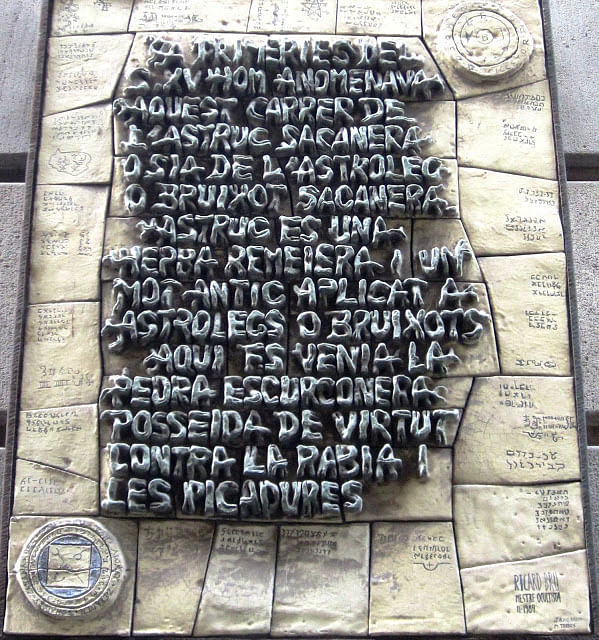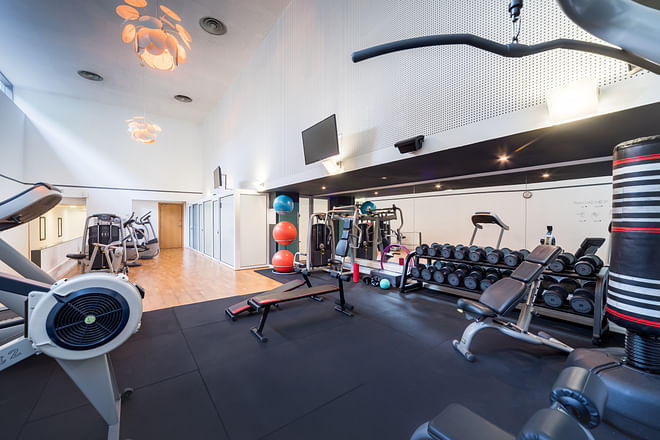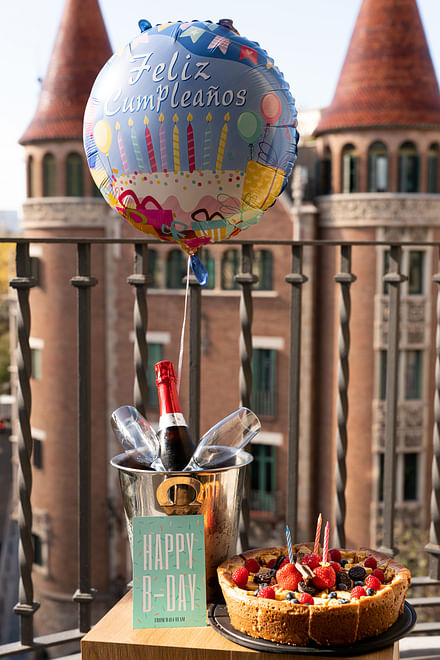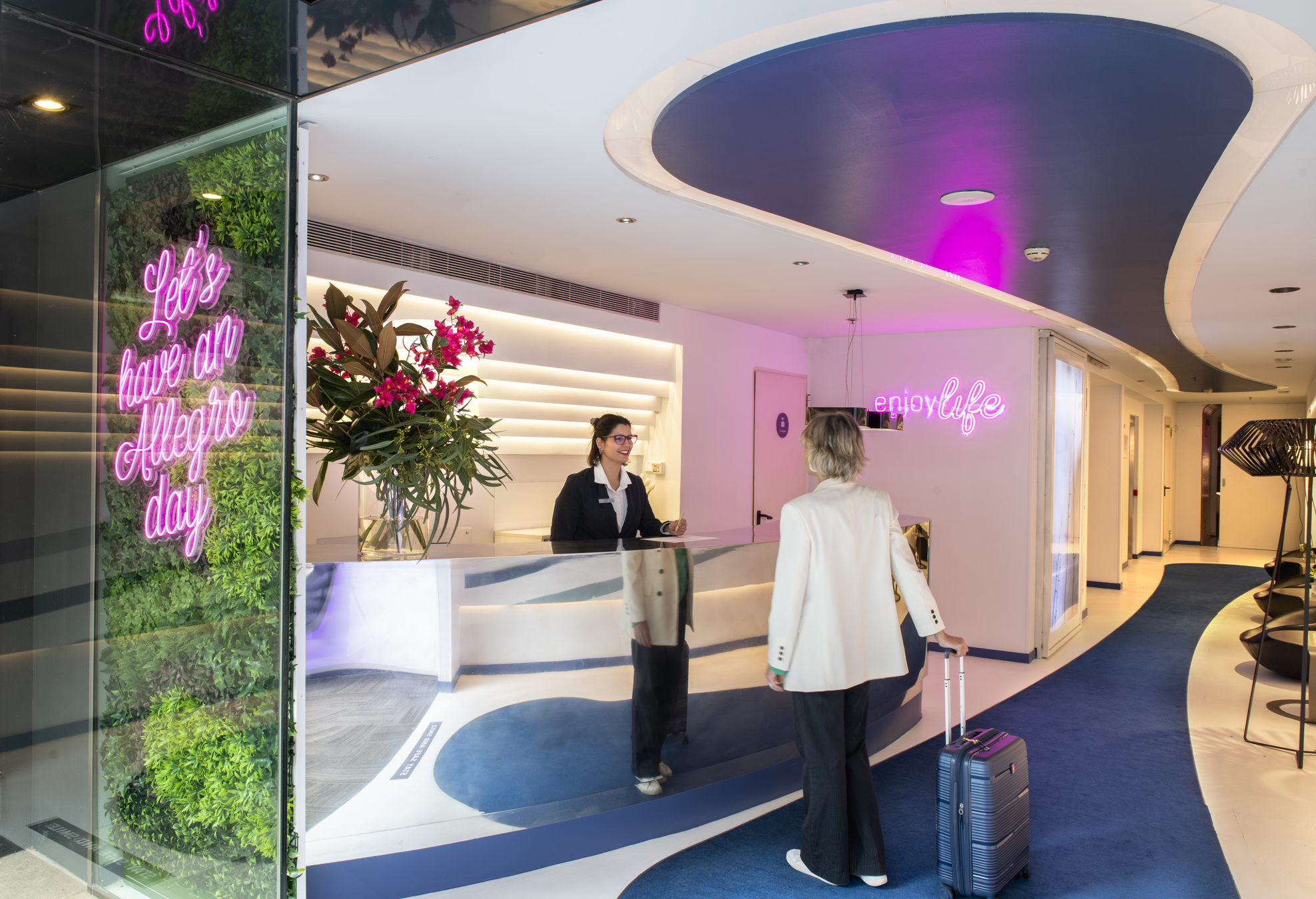On any trip to Barcelona, the traveller will find that the Catalan architect Antoni Gaudí i Cornet is a ubiquitous presence. His great architectural works are an accurate reflection of his personality, but really there is no better place to fully appreciate him than in the most private surroundings of his own home. If you are interested to find out more about one of the most widely admired Catalan figures of all time, we recommend that you visit the Casa Museo Gaudí [Gaudí House-Museum] where he lived between 1906 and 1925.
The history of the building itself is very interesting, as it was constructed as a show home on the Park Güell housing development, the architect of which (Francesc d’Assis Berenguer i Mestres) was a friend of Gaudí. In fact, many biographers consider him as his right-hand man. Following the death of Gaudí in 1926, the building was sold to the Italian businessman Francesc Chiappo Arietti and his wife Josefina Sala Barucchi. The couple adapted the house to suit their needs, and moved in. In line with Gaudí’s wishes, his relatives used the profits from this sale to continue the work on the Sagrada Familia. Unfortunately, his personal possessions were all sold off separately.
Gaudí’s lifestyle
The architect’s professional career took precedence over his personal life; in fact, all that is known is that he moved into this house in 1906 along with his father and his niece. When they both died, he continued living there alone, assisted in his household tasks by Carmelite nuns. His friends were always concerned about the state of his health, and visited him frequently.
During the two decades he spent here, his greatest priority was his work, and his life centred on the Sagrada Familia project. In fact, it became his main focus from 1914. So preoccupied was Gaudí with his colossal project that he chose to move into a workshop in the church so that he could keep a constant watch over the works.

From home to House Museum
After the house was sold, there followed a wait of almost forty years (until 28 September 1963) before it was opened to the public as Casa Museo Gaudí—after the idea of turning it into a students’ residence had been rejected. Our story continues with the acquisition of the building in 1992 by the Foundation responsible for the building of the Temple Expiatori de la Sagrada Família. The Foundation’s purpose was to enable visitors to the Sagrada Familia to gain an insight into the life and legacy of Gaudí. The house’s interior was restored to show what it was like when the architect lived there.
What to see at the Gaudí House-Museum
The restored dwelling, with its furnished rooms and Gaudi’s bedroom, provides evidence of his religious devotion. His bedroom has crucifixes on the walls and a kneeling stool for praying. Other rooms contain furniture, documents and items designed by him that demonstrate his creative genius.
As we said earlier, the Gaudí House-Museum was originally a show home, which was meant to form part of a residential development sponsored by the Catalan entrepreneur Eusebi Güell i Bacigalupi. However, the development failed, and work was halted in 1914. Only two of the sixty planned dwellings were built. The building has three storeys, a basement, and an attractive turret. If you go up to the turret, you can admire the ceramic trencadís with which it is embellished, as well as the beautiful views. The Gaudí House-Museum website offers a three-dimensional virtual tour of the garden, the terrace, the turret, and the cold pantry.
Gaudí as a designer
Though best known as an architect, Antoni Gaudí was also fully involved in the interior design of his building projects. Neither aspect was viewed separately from the final effect that he wanted to achieve. Gaudi’s early designs appear to merely imitate traditional historic styles, but he gradually took more and more inspiration from the natural world, and increasingly found functional solutions.
The furniture on display at the Casa Gaudí comes from Casa Batlló, the Crypt of Colònia Güell, and Casa Calvet, making it possible to trace Gaudí’s development as a designer. It is also important not to miss other outstanding features in the garden, such as the detail on the iron railings from Casa Vicens and Casa Milà, and the cross from the Miralles estate. It should be remembered that the architect possessed a sound knowledge of artisan skills—his father was a coppersmith, and Gaudí himself grew up in a farmhouse in close contact with the rural world.
Extend your visit to include Park Guëll
While visiting the House-Museum, why not take the opportunity to explore Park Guëll, one of Gaudí’s most famous projects? This was designed to be the green space of Eusebi Güell’s failed housing development. The entrepreneur had seen similar residential developments in other European countries, and thought the idea would work in Barcelona too. After Güell died, the City Council bought the land and turned it into a public park for the use and enjoyment of the people of Barcelona.
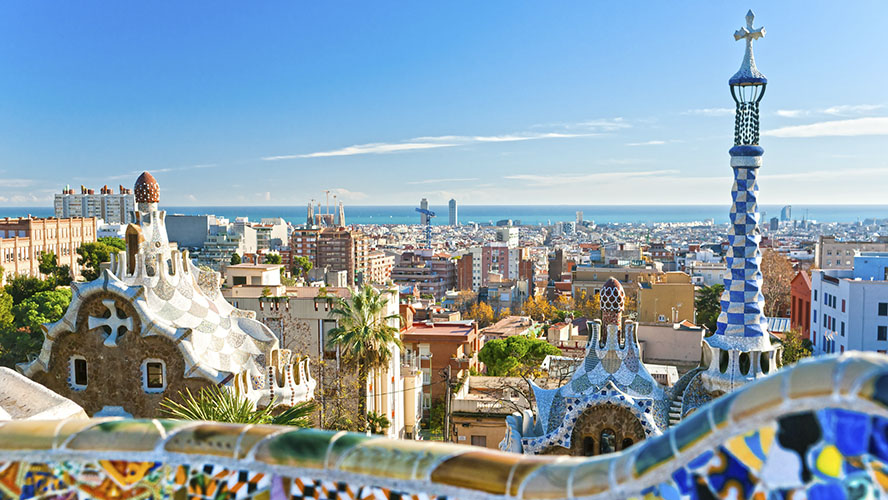
A stroll through Park Guëll, where fantasy is the undisputed star, is a privilege that you really shouldn’t forego. The Park opened in 1922, and was declared a World Heritage site by UNESCO in 1984. Here, architecture and nature are entwined, but it is the park’s features that will leave you awestruck, including the Drac [Dragon] staircase with its huge ceramic trencadís salamander. The stairway leads to the Sala Hipòstila [Hypostyle Hall], which has 86 Doric-style columns, and was originally designed as a marketplace.




































































